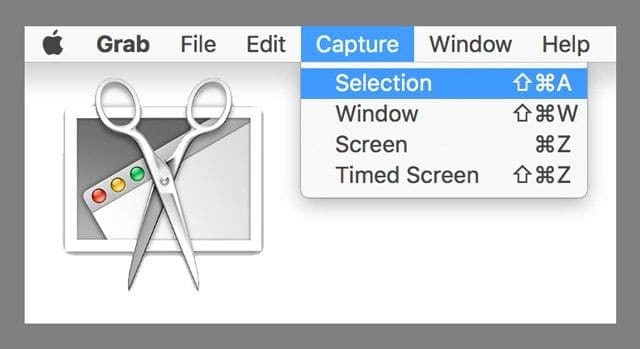
/ResizeDiskUtilityElCap-56b3defa3df78c0b135383d8.jpg)
If the volume has a different name, replace MyVolume in the command with the name of your volume. Each command assumes that the installer is in your Applications folder, and MyVolume is the name of the USB flash drive or other volume you're using. Type or paste one of the commands below into Terminal, then press Return to enter the command.Open Terminal, which is in the Utilities folder of your Applications folder.Plug in the USB flash drive or other volume that you're using for the bootable installer.If you don't want to mess with Terminal, Tim Perfitt of TwoCanoes software made a free Recovery Selector utility that'll do it for you.Įither way, restart, and it should start in Internet Recovery mode without any keys.

You can do this by hand in the Terminal utility, with the command: sudo usr/sbin/nvram internet-recovery-mode=RecoveryModeNetworkĮnter your admin password when prompted (it won't echo). (Normally, you could hold Option at startup, and then select it but having Shift stuck down seems to prevent this.) Option 2: Select recovery mode with an NVRAM setting When that's finished, select that drive in System Preferences -> Startup Disk, and restart. In summary, download the macOS installer application from the Mac App Store, plug in a flash drive that can be erased (because it will be), and run something like: sudo /Applications/Install\ macOS\ Big\ Sur.app/Contents/Resources/createinstallmedia -volume /Volumes/MyVolumeĮnter your admin password when prompted (it won't echo), and follow the prompts. See Apple Support Document HT201372: "How to create a bootable installer for macOS" for full instructions. So I recommend at least starting the first option. The second option is probably simplest (if nothing goes wrong), but if it doesn't work, having an installer drive (first option) will give you a lot more options.


 0 kommentar(er)
0 kommentar(er)
